- Home
- .NET tutorials
.NET tutorials
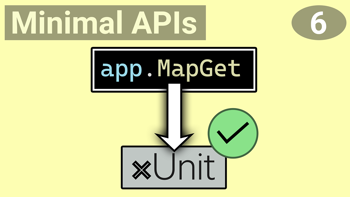
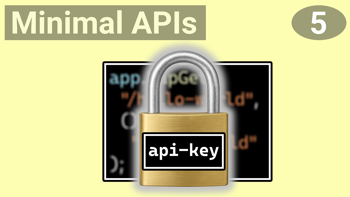
Add API key authentication to an Minimal API endpoint
Learn how to add API key authentication to minimal API endpoints using a saved key in the config and apply a fallback policy to secure all routes.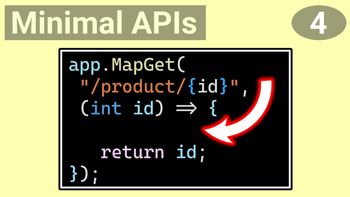
Minimal API filters: Run code before the endpoint handler
Learn how to add multiple endpoint filters to minimal API routes to run custom logic before and after your endpoint handlers.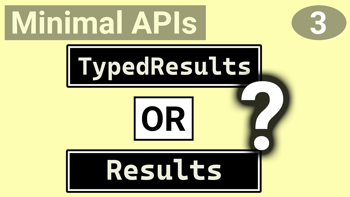
TypedResults or Results for Minimal API responses?
Learn when to use TypedResults vs Results in minimal APIs and explore the different response types available for returning API responses.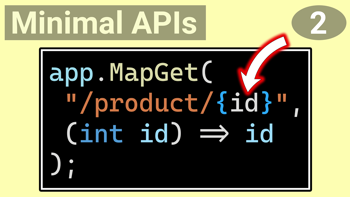
How to use parameter binding for routes in Minimal APIs
Learn how to use parameter binding in minimal API routes with wildcards and constraints, and how to use them in endpoint handlers with special types.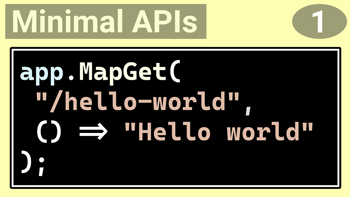
How to use routing in Minimal APIs with one line of code
Learn how to create minimal API routes in one line, add endpoints to OpenAPI documentation, and group related routes for better organisation.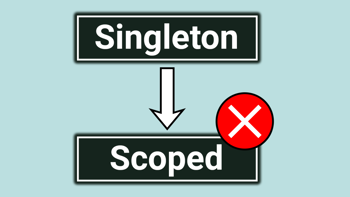
Common errors to avoid in ASP.NET Core dependency injection
Looking at how you can avoid common errors in ASP.NET Core dependency injection like not registering a service and circular dependency.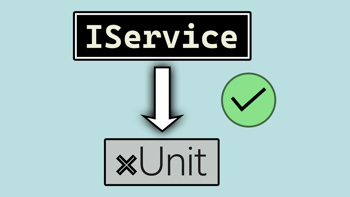
How to write xUnit tests for dependency injection services
Learn how to write xUnit tests for a class that injects services that uses ASP.NET Core dependency injection using mock and real instances.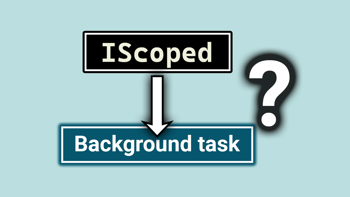
How do you resolve scoped services in a background service?
Learn how to resolve scoped and transient services in an ASP.NET Core background service by creating a new scope and how it can also be used for multithreading.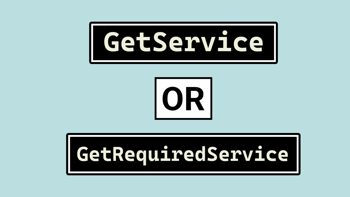
GetService or GetRequiredService in IServiceProvider?
Find out whether you should use the GetService or GetRequiredService method in the IServiceProvider type to resolve a service from ASP.NET Core dependency injection.
Watch .NET tutorials
Subscribe to our YouTube channel